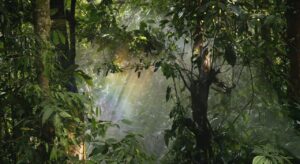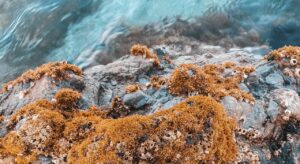Woody plants are classified in relation to heat as follows:
- Quite cold-resistant, not at all damaged by low winter temperatures, tolerating frosts up to -45… -50°C, and some even lower; not damaged by late spring frosts – Siberian larch, Daurian larch, Siberian pine, Siberian spruce, common juniper, shivering poplar, downy birch, gray alder, Siberian mountain ash, willow, cottonwood.
- cold-resistant, tolerating severe winters but damaged by very severe frosts (below -40°C). Some species are damaged by needles, others by resting buds. Some species of this group are damaged by late spring frosts. This group includes Siberian fir, Siberian linden, elm, maple, black poplar, white poplar.
- Relatively heat-loving, with a longer vegetation period, as a result of which annual shoots do not always have time to become woody and are beaten by frosts partially or completely; all plants are severely damaged by very low winter temperatures; many of them are damaged by late-spring frosts. For example, Amur velvet, Manchurian walnut, and birchlet.
- heat-loving, with even longer vegetation period, their shoots often do not mature and die from frost. During long severe frosts their above-ground parts of plants die completely, and their regeneration occurs from dormant buds at the root neck (pyramidal poplar, horse chestnut, walnut).
- Very thermophilic, which absolutely cannot tolerate or poorly tolerate prolonged frosts up to -10 … -15°С. At such temperature during several days they either completely die, or are strongly damaged (cedar, eucalyptus, citrus).
In relation to moisture, all woody plants are divided into three main groups:
- Hygrophytes – plants of humid habitats. They grow normally in conditions of excessive moisture. Plants demanding to water. This group includes many species of willows, poplars.
- Mesophytes – growing well in sufficient moisture, but suffering from excess or lack of moisture, i.e. medium-demanding plants. Prolonged dryness of air and soil leads to partial forced leaf loss (when up to 50% of leaves turn yellow and fall off). These include birch, small-leaved linden.
- Xerophytes – normally developing in arid conditions, undemanding to water, a small amount of moisture in the soil and in the air is enough for them. Some of them have very small leaves or have turned into scales (tamarix). Plants that live in conditions with a permanent seasonal deficit of moisture (common pine, narrow-leaved elk, prickly spruce).
Different plants require different levels of light for normal growth. Some species can grow under the forest canopy, others need sun.
According to the degree of light-lovingness, woody plants are divided into the following groups:
- Light-loving – plants that grow in open places and do not tolerate prolonged shade. They are characterized by leaves with small cell parenchyma, a large number of stomas and high chlorophyll content per leaf surface. This group includes larch, common pine, birch, pinnate elm, narrow-leaved elk, poplar (white, black, balsamic), white willow.
- Medium light-loving species – juniper, apple tree, smooth elm, ash maple, Manchurian walnut, hawthorn, golden currant, Tatar honeysuckle, yarrow, spirea.
Shade-tolerant plants are those which grow better in full light but can also tolerate shade. Their needles and leaves are darker, crowns are dense, less light penetration, the needles live 5-9 years (for light-loving trees 1-3 years), the lower limbs remain alive for a long time, trunks are slowly cleared of limbs, dying of oppressed trees is slower. According to the degree of increase in shade tolerance, conifers are in the following order: spruce, Siberian pine, fir; deciduous species: maple, linden, undergrowth shrubs.
Light-loving plants, like other ecological properties, is not a constant for a particular species: it changes with age. Sprouts are usually more shade tolerant than mature trees. On poor soils plants are more light-loving than on fertile soils. Light regime during the day is also important. When plants are introduced from areas with a short summer day to places with a long day, the latter develop abnormally, do not stop growing until the autumn cold and die from frost.


